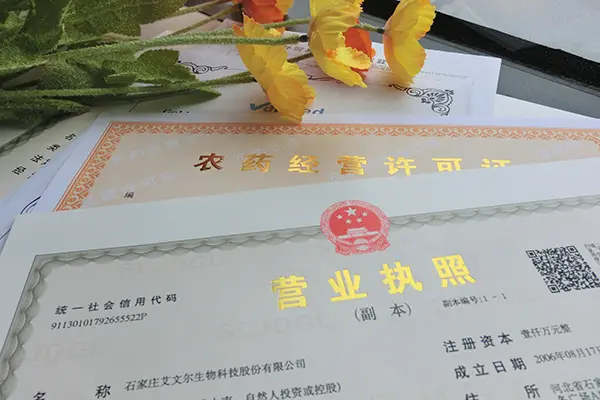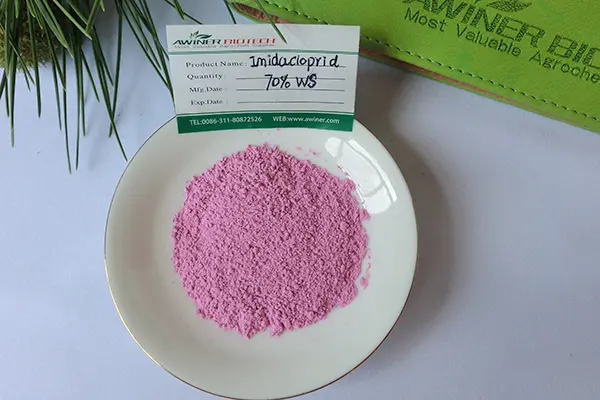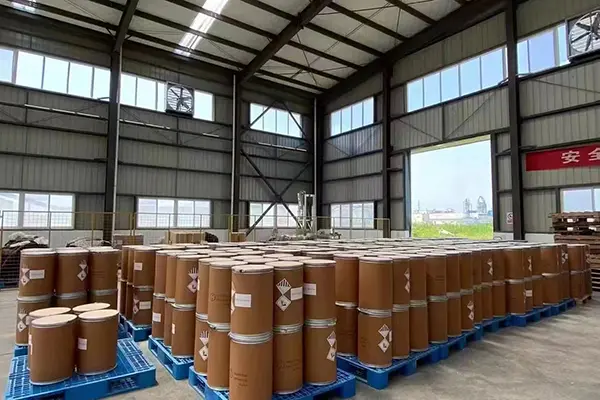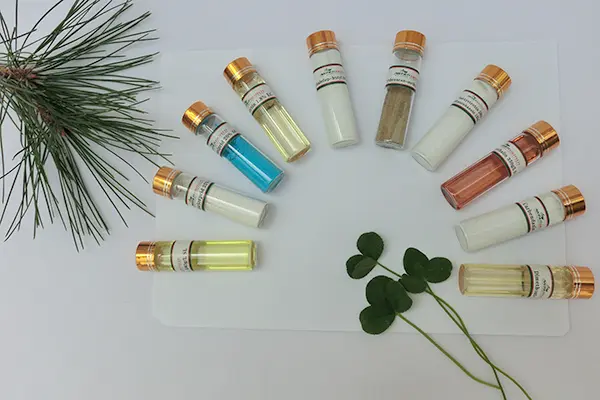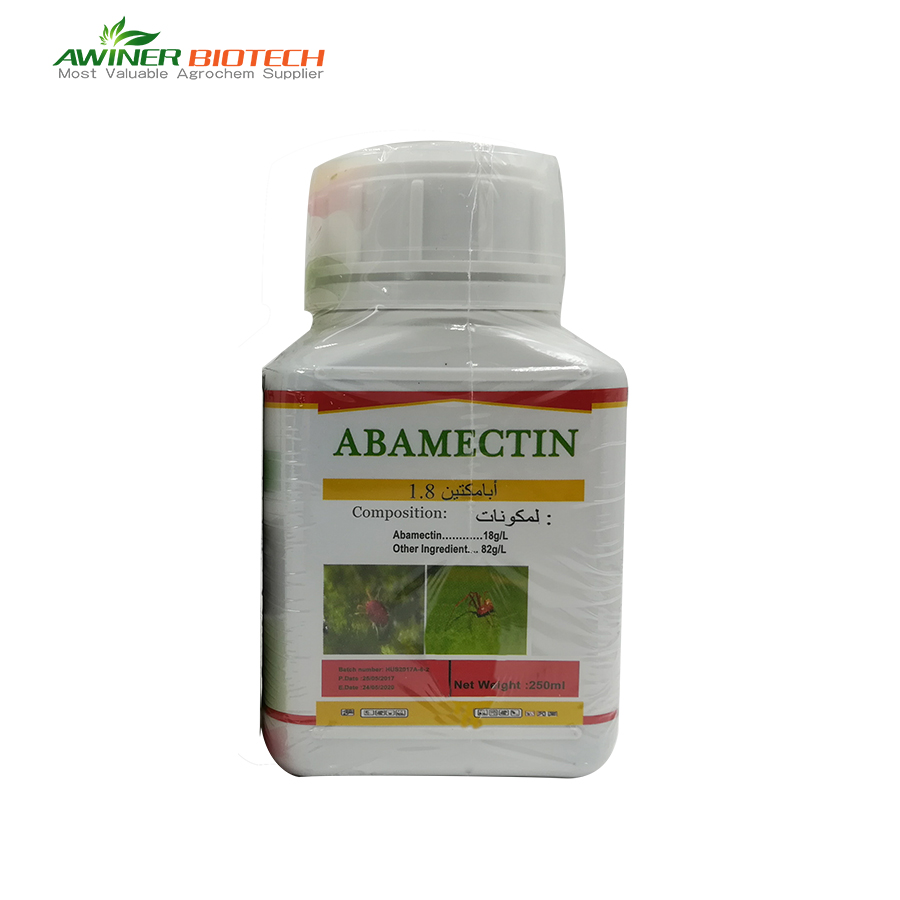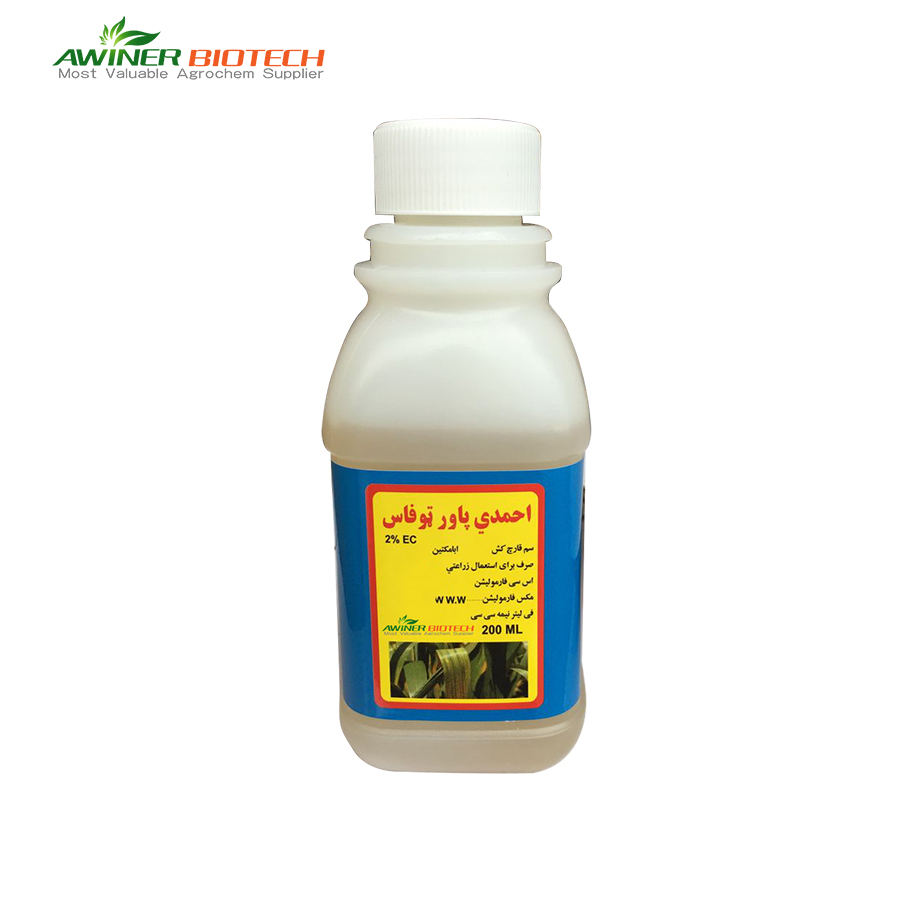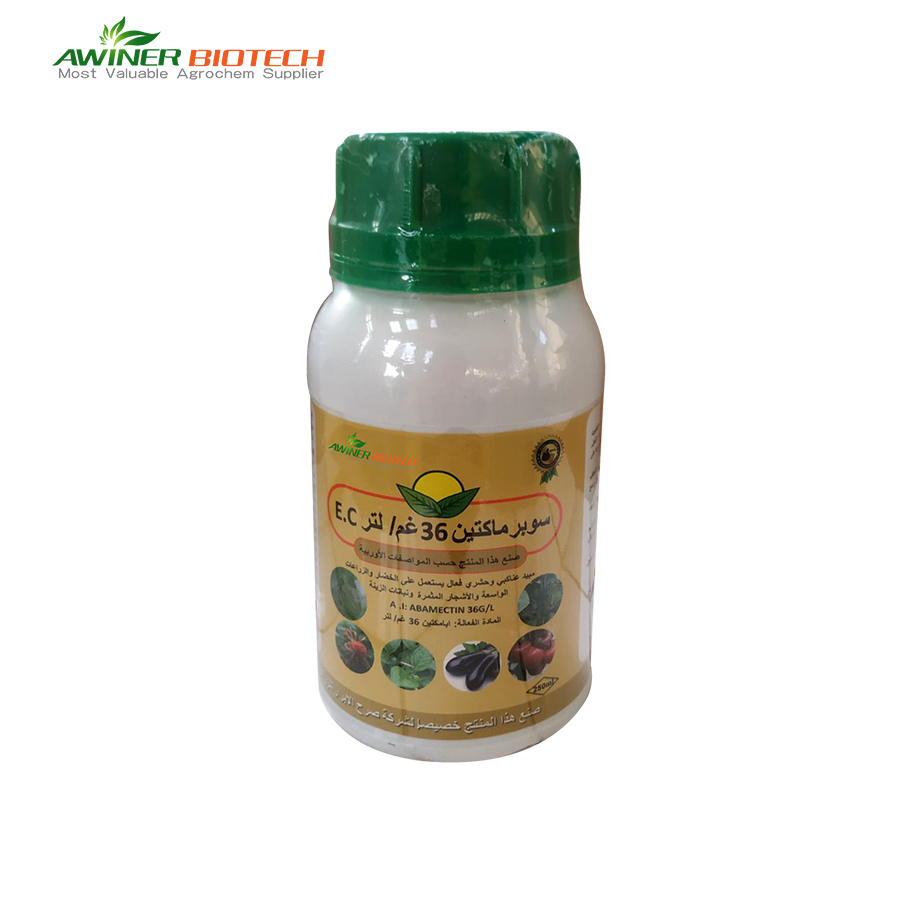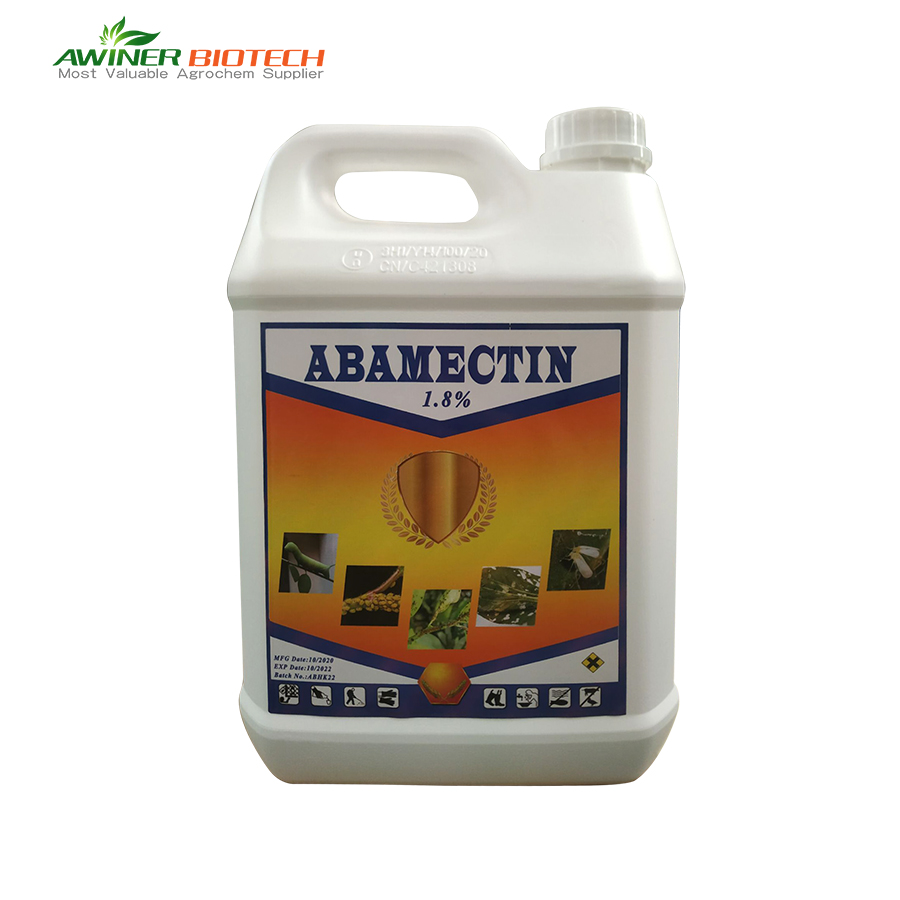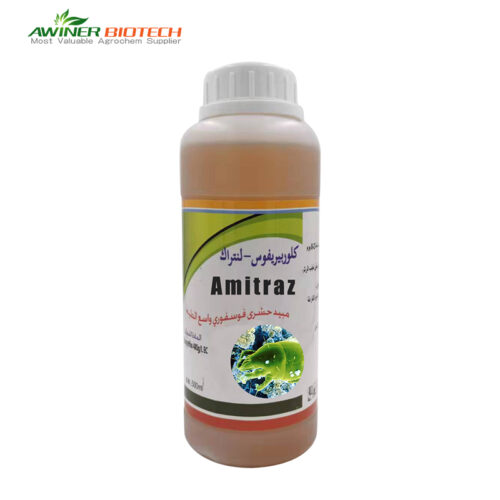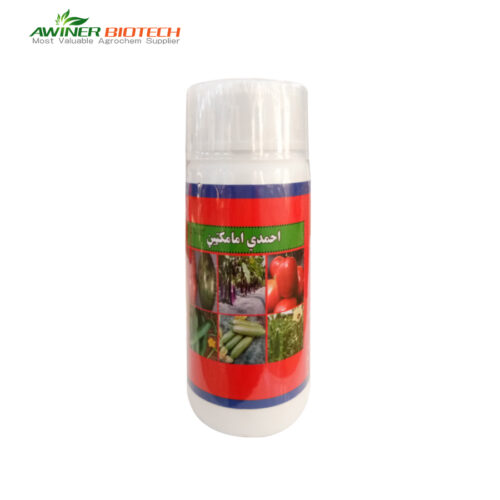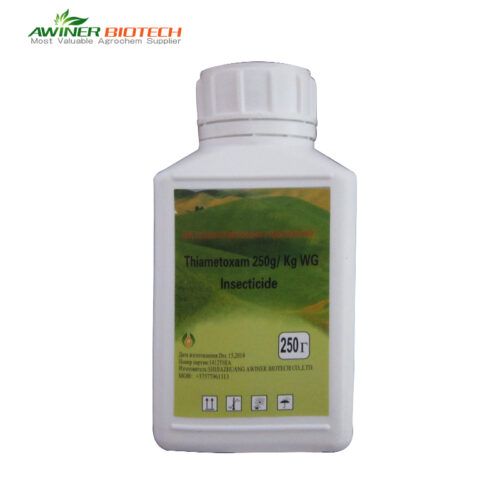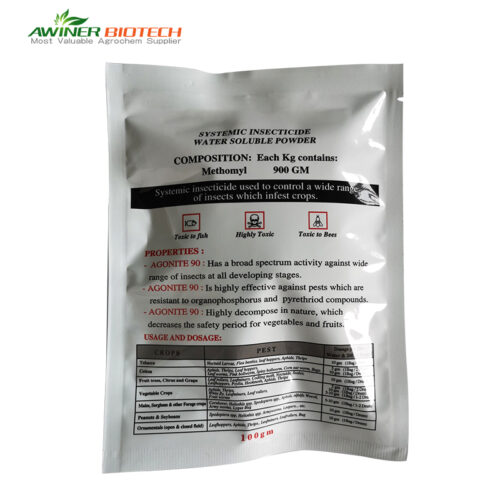Abamectin |
|
| Formulation | 18g/L EC, 36g/L EC, 50g/L EC,10%DF |
| Packing | Liquid:50ml、100ml、250ml、500ml、1L、5L、10L、20L Solid:10g、50g、100g、250g、500g、1kg、5kg、10kg、25kg |
| Crops and Pest | Tomato (Protected) – Red Spider Mite Cucumber – Root Knot Nematode Cabbage – Diamondback Moth Citrus Tree – Red Spider Mite |
| Certification | SGS、 ISO 、BV |
| Delivery time | 20-30 days |
| Mixture products | Spirodiclofen+Abamectin Lufenuron+Abamectin Etoxazole+Abamectin Bifenthrin+abamectin Chlorantraniliprole + abamectin |
| Payment terms |  |
Abamectin 0.15 ec is a powerful insecticide and miticide derived from the soil bacterium *Streptomyces avermitilis*. It is highly effective in controlling a wide range of pests in crops, such as mites, leafminers, and aphids. Abamectin works by interfering with the nervous system of pests, leading to paralysis and death. It is commonly used in agriculture and greenhouse settings to protect crops like vegetables and fruits.
Abamectin 0.15 ec Product Description
Active Ingredient: Abamectin 0.15 ec
Chemical Group: Abamectin
Formulation Types: EC (Emulsifiable Concentrate), SC (Suspension Concentrate), WP (Wettable Powder)
Typical Concentrations: 1.8%, 3.6%, 5% EC or similar formulations.
Product Overview
Abamectin 0.15 ec is a highly effective, broad-spectrum insecticide and acaricide widely used to control a variety of mites and insect pests in numerous crops. It is derived from the natural fermentation of Streptomyces avermitilis, a soil-dwelling microorganism, and possesses both contact and stomach action. This dual mode of action makes Abamectin particularly potent against pests that feed on plant tissues.
Mode of Action
Abamectin 0.15 ec works by stimulating the release of gamma-aminobutyric acid (GABA), an inhibitory neurotransmitter that affects the nervous system of insects and mites. Consequently, it disrupts nerve impulses by binding to specific chloride channels in nerve and muscle cells, leading to an influx of chloride ions. This results in paralysis and, eventually, death of the targeted pests.
Moreover, Abamectin’s unique mode of action ensures that it not only affects pests with direct contact but also provides systemic activity when ingested, increasing its overall efficacy. Because of this, pests that might otherwise escape initial exposure are still effectively controlled.
 |
 |
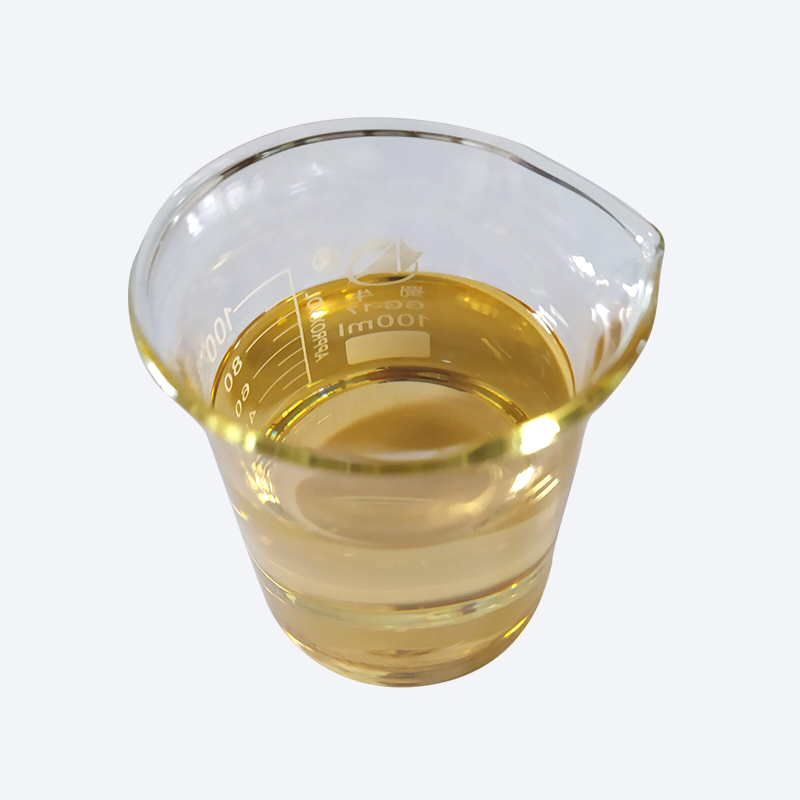 |
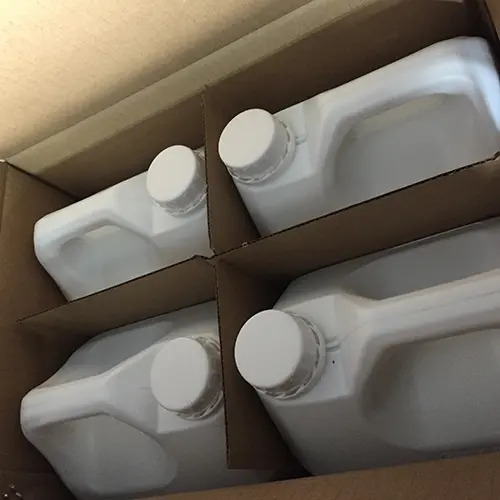 |
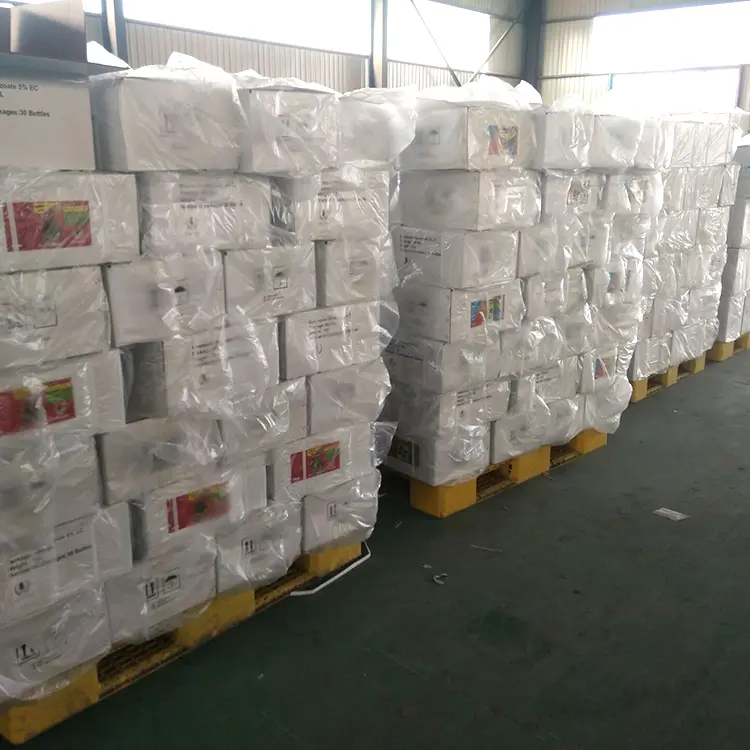 |
Application and Crop Suitability
Abamectin is suitable for use in a wide range of crops, including:
- Vegetables (e.g., Tomatoes, Cucumbers, Peppers): Controls key pests such as spider mites, leaf miners, and thrips, ensuring healthy and vigorous crop growth.
- Fruit Trees (e.g., Apples, Citrus, Pears): Effective against citrus rust mites, apple leaf miners, and aphids, helping farmers achieve high-quality yields.
- Field Crops (e.g., Cotton, Soybeans): Provides control of red spider mites and aphids, maintaining crop quality and productivity.
- Ornamental Plants: Ensures ornamental plant health by managing pests that may cause significant aesthetic and economic damage.
Target Pests
Abamectin is highly effective against various mites and insects, including:
- Mites: Two-spotted spider mites (Tetranychus urticae), citrus rust mites (Phyllocoptruta oleivora), and broad mites (Polyphagotarsonemus latus).
- Leaf Miners: Serpentine leaf miner (Liriomyza trifolii) and other species that feed on vegetable and ornamental plants.
- Thrips: Western flower thrips (Frankliniella occidentalis) and onion thrips (Thrips tabaci).
- Aphids: Green peach aphid (Myzus persicae) and cotton aphid (Aphis gossypii).
Advantages of Using Abamectin
- Broad-Spectrum Control: Abamectin provides excellent control of multiple insect and mite species, offering a comprehensive solution for pest management.
- Dual Mode of Action: The combination of contact and stomach action enhances its efficacy, ensuring pests are controlled both through direct exposure and ingestion.
- Long-Lasting Residual Effect: Although the initial knockdown effect may take a few days, Abamectin’s residual activity ensures extended protection against pest resurgence.
- Low Mammalian Toxicity: Despite its potent action against pests, Abamectin has relatively low toxicity to mammals, making it safer for use in crop protection programs.
Recommended Usage and Application Tips
- Application Timing: Apply when pest populations are low to moderate. Early intervention maximizes the efficacy of the treatment and reduces the risk of severe infestations.
- Application Rate: Follow the product label recommendations for dosage and concentration, as it varies depending on the crop, target pest, and local conditions.
- Application Methods: Use ground or aerial spraying equipment to achieve even coverage of the foliage. Repeat applications as necessary, observing label restrictions on maximum seasonal rates and pre-harvest intervals (PHIs).
<About Awiner Biotech>
